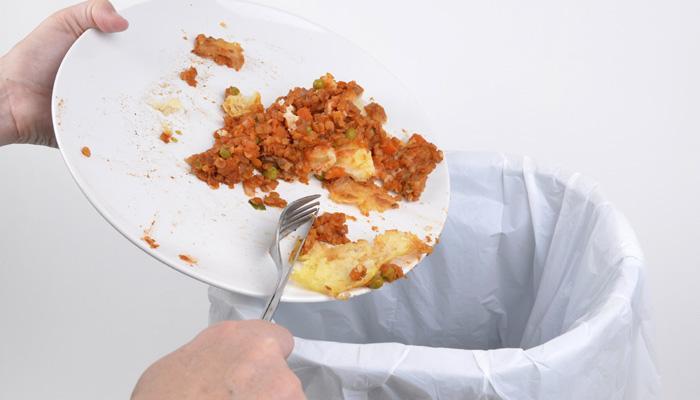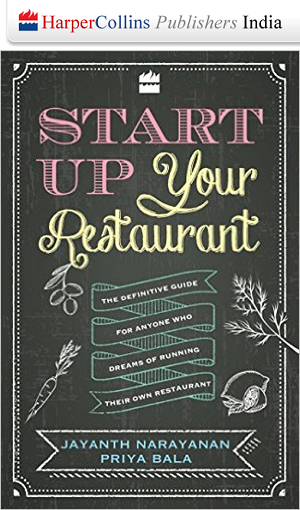
The fixed-price, eat-all-you-want offer is the deal-seeking diner’s dream come true. Naturally, restaurants want to cash in on the demand and you have the vast buffet. This meal offering accounts for some of the largest amounts of food wastage, both on the plate and in the kitchen.
According to the UN, some 40 % of the food produced in India is wasted. Of course, food wastage is a complex problem, extending far beyond the purview of the restaurant industry. It is connected to harvesting, processing, packaging, and transporting. Restaurants are only one end of the chain. Still, in a country where 194 million people go hungry every day, it seems also morally wrong to throw away food. Plus, there is the environmental impact to consider. If that isn’t a strong enough motivation, restaurant businesses stand to gain positive returns when they make cutting down on food wastage a priority.
Recent research on behalf of Champions 12.3, which is working to achieve Sustainable Development Goal Target 12.3 by 2030, studied 42 hotels in 15 countries and found that nearly all of them achieved a positive return when investing in food waste-reduction programs. The average was $7 for every $1 invested in tackling wastage.
In India, five-star hotel restaurants that put out buffets are among the top food wasters. I have been in these kitchens and seen chafing dishes and trays full of uneaten food being emptied into garbage bins that are wheeled around after meal service. Somehow, our idea of a five-star buffet spread seems to be nearly 200 dishes, of which a fair bit gets thrown out, uneaten. Why, for instance, must there be 20 salads, some painstakingly packed into soupspoons and shot glasses? They cannot be served again if they are left over. Why not, instead, have a line-up of top quality salad ingredients and toss them live on demand? Fresh approaches are called for, and hotels shouldn’t be following templates of the past.
There clearly is a case for rethinking the very idea of the buffet. Some standalone restaurants are now redesigning brunches, making them smaller and more sophisticated.
Staff who are sensitized to the impact of food waste and trained to keep it down can also make a difference. I’ve seen kitchen staff empty vats of food without a thought.
Making customers aware is also a key factor in cutting wastage. No, it’s not okay to pile it on your plate and throw it away just because you are paying for it. Abroad, there are restaurants that encourage customers to serve themselves only what they can finish by offering discounts for clean plates.
In the kitchen, too, more cooked food is thrown away. Some hotels and restaurants compost wet waste. The waste from others surely ends up in landfills. Restaurant kitchens must, given the way they function, allow for some leftovers and waste. But what and how much must be monitored. That allows smart chefs and restaurant managers to cut wastage. Menus must be designed so that wastage is minimized in the kitchen to the greatest extent possible. Chefs should consider doing away with dishes that don’t sell too much and the ingredients for which tend to spoil.
Logically, leftover food that is fit to be consumed should be donated. But, here, big hotels and brands worry about the consequences if the food they give away happens to spoil. Still, there are organizations that are working to set up food banks of uneaten food from restaurants and supermarkets. We need to find ways to make these efforts more widespread and impactful.
Write to us if you have come up with innovative ways to cut food waste in your restaurant business.











